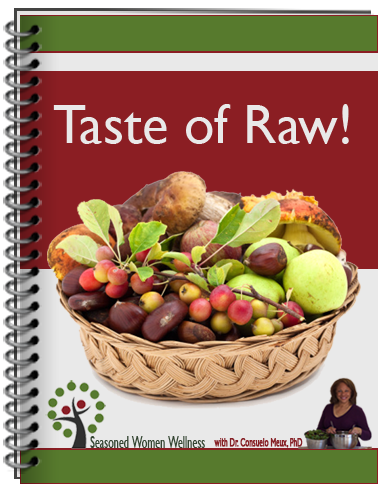Dealing with food allergies can be a bit complicated. You have to deal with ingredient checking, special recipes, and other strategies to avoid a reaction. Cross-reactivity is something that makes this more complicated, but if you learn and understand it, you can also learn to avoid the complications.
While they both involve an immune response, we normally think of food allergies a little differently than everyday allergies associated with things like pollen, dust, and animals. However, these two things can actually be closely related.
An allergic reaction is when your body treats a safe foreign substance as if it were dangerous. With a majority of substances, the result is simply a runny nose, itchy eyes or headache. Food allergies are when your body has an immune response to something you’ve eaten, which is almost always a protein. While these allergies can be mild and annoying, they can also be severe and life-threatening.
Here are just a few of the most common cross-reactive allergens and what foods to avoid or take precautions with.
Birch. This is one of the more dangerous cross-reactive allergies because it is triggered by so many different foods, including: almonds, hazelnuts, potatoes, carrots, celery, and various fruits like apricots, cherries, kiwis, nectarines, peaches, pears, and plums.
Ragweed. This is a fairly common allergy and is associated with reactions to bananas and many melons.
Mugwort. People with this allergy should be wary of chestnuts avocados, veggies like celery or carrots, and fruit like bananas and kiwis.
Grass. Reaction to tomatoes is associated with people who are allergic to various different kinds of grass.
Latex. This is an allergy that is becoming more and more common as latex is becoming even more widely used. If you have a latex allergy you may need to avoid many fruits including kiwi, passion fruit, banana, figs, peaches, nectarines, plums, and tomatoes. You may also react to celery, chestnuts, and avocados.
A common problem with cross-reactivity is that you may not experience one of the allergies all of the time. You may only have a reaction when you have recently been exposed to the other and your immune system is on high alert. For instance, you may normally be able to eat bananas, but when you’re having a reaction to ragweed, bananas will trigger a reaction as well. This can make allergies much less predictable and harder to diagnose.
When two things cross-react, it doesn’t always have to be two allergens. Many people can have a reaction when combining something they’re not normally allergic to with exercise. If you exercise when you haven’t eaten a specific food, you’re fine. When you eat the food and remain inactive, you’re fine. But when you eat a specific food and exercise within a certain time period, you can have a life-threatening reaction. This can be very dangerous because you may have trouble identifying what exactly is causing your reaction. If you seem to react to a food sometimes, but not others, this may be what’s causing your issues.
If you are having an allergic reaction to food or anything else, your doctor will be able to help you sort through the problem and live a healthy life.
 Savor A Taste Of RawEating raw, whole foods can quickly make a difference in your life and you don’t even have to go 100% raw to get the benefits. In fact, by simply replacing some cooked foods in your diet with more raw foods you can start feeling better very quickly |
